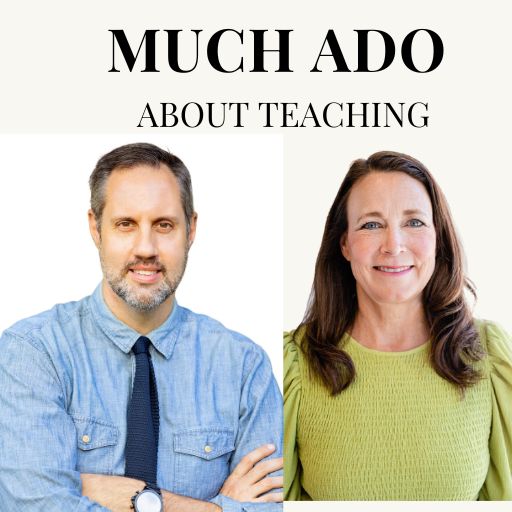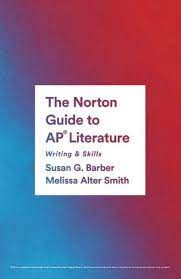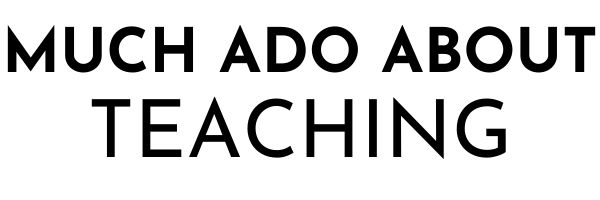This is a link to the AP Literature Professional Night which featured teachers (hooray for teachers being trusted to do professional development) sharing ideas about teaching poetry. The panel was made up of Melissa Smith the moderator, Adrian Nester, Adekine Davidson, and me (Susan Barber) sharing some out our favorite poems and lesson ideas. Here’s … Continue Reading
This post originally appeared on APLitHelp.com (#RIP). Many of us in education have been talking about how disconnected our students seem in the 20-21 school year. Sadly, the overwhelming nature of external stressors has become system wide. Even our top students are feeling trauma start to take their motivation from them. But for years, as … Continue Reading
On a whim this week, I posed this question on Twitter. At the time of this post, I’ve received 121 answers. Here are some of my favorites: “You forget the things you want to remember and remember the things you want to forget. “ – Cormac McCarthy, The Road “And so we beat on, boats … Continue Reading
A few years ago I revamped my summer reading assignment. It marked an important departure for me. It was a significant step in my growth as a teacher. I’ll explain why, but first I want to share what I have done in years past. THE OLD SUMMER READING ASSIGNMENT My summer assignment has gone through … Continue Reading
May 1st. How in the world are we here? I had a hard time imaging making it to this point of the year in the late fall and early winter, but now that we’re here, I have no idea what kind of time machine I have been in for the last three months. My seniors … Continue Reading
So many big test tips are generic. They include things like “get a good night of sleep the night before,” “read the questions before the passage,” and “eliminate wrong answers.” Rarely, does those tips provide a strategic plan to make a major jump in the days leading up to the exam. Here are eight ways … Continue Reading
Whenever I prepare my students for the AP Literature exam, I don’t really want it to feel like test prep. I want to take the stress out of it all. I want the experience to build confidence. I want the process, starting around February, to have no stakes or very low stakes; it should be … Continue Reading
Small tweaks often yield big gains. Here are five writing activities that put the work in students’ hands and help them improve their writing. 1 – Strong Verbs At some point during the second semester, I will ask students to take an essay and highlight every verb in the essay. Every. Single. Verb. This is … Continue Reading
We talk about the AP Lit exam on day 2 of class (day 1 is always some high-interest poetry activity). Here’s what I say: This class is all about the exam, and this class is not at all about the exam. We will live in this dichotomy all year. You will have the opportunity to … Continue Reading
Mary Shelley began Frankenstein at the same age of many high school seniors. She was 18, and legend has it, she was a part of a parlor game with Percey Shelley and Lord Byron while vacationing in Geneva. They challenged each other to come up with a ghost story during a summer in they spent … Continue Reading



























